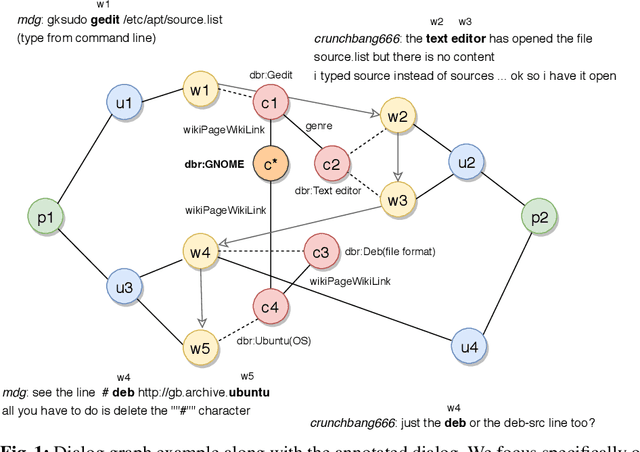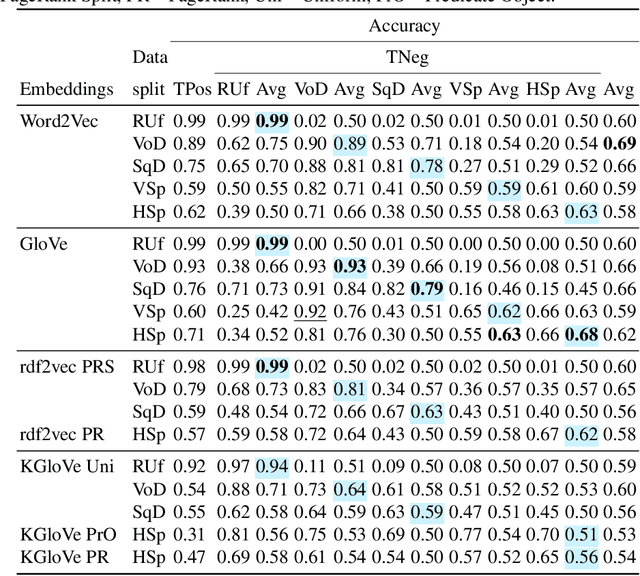Measuring Semantic Coherence of a Conversation
Paper and Code
Jun 17, 2018



Conversational systems have become increasingly popular as a way for humans to interact with computers. To be able to provide intelligent responses, conversational systems must correctly model the structure and semantics of a conversation. We introduce the task of measuring semantic (in)coherence in a conversation with respect to background knowledge, which relies on the identification of semantic relations between concepts introduced during a conversation. We propose and evaluate graph-based and machine learning-based approaches for measuring semantic coherence using knowledge graphs, their vector space embeddings and word embedding models, as sources of background knowledge. We demonstrate how these approaches are able to uncover different coherence patterns in conversations on the Ubuntu Dialogue Corpus.
 Add to Chrome
Add to Chrome Add to Firefox
Add to Firefox Add to Edge
Add to Edge